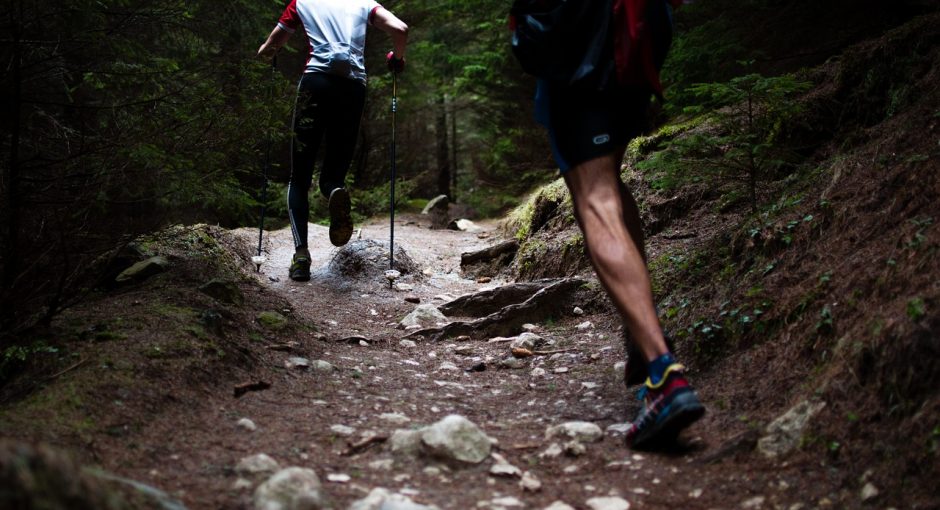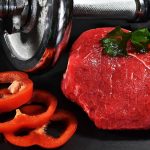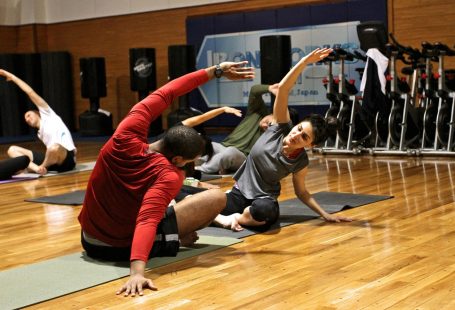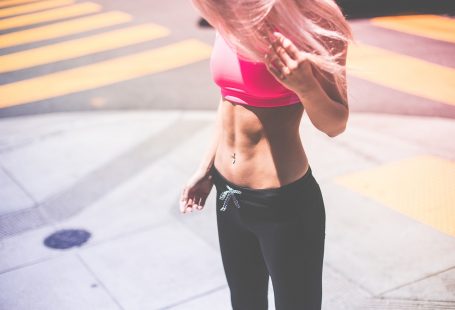When marathon training it is crucial that you simply remain injury free, especially within the developing phase of your marathon running program. This really is particularly true with your feet and avoiding blisters.
A blister is simply triggered from friction. Repeated friction on the skin tissue through the constant pounding out of your training action brings about the skin tissue layers to pull apart. As soon as the skin tissue layers have pulled apart fluids then enter the space between the skin tissue layers. It’s this fluid between two separated skin layers that causes a blister to appear. As soon as a blister has formed then your entire body reacts by establishing the discomfort mechanism.
Before your entire body develops a blister, you will find a number of actions you can take to minimize the danger of getting a blister. The technique that most novice long distance runners try to do is apply a lubricant on the affected region such as powders, gel, oils or glycerine. This form of action can be efficient on shorter training sessions, however on longer runs you may notice that your body nevertheless develops blisters. The reason for this really is that the lubricants trap moisture between the skin tissue and also the application. It is this humidity that increases the friction about the skin. The friction then brings about the skin layers to pull apart, liquid enters in between the divided skin layers and a blister is formed. It’s for this cause you should avoid using lubricants to avoid blisters from forming on long running sessions.
So what’s the answer? One of the most efficient ways is to prevent the occurrence of blisters would be to purchase a pair of socks which wick the moisture away from your skin layers when marathon training. This leaves your skin tissue feeling dry and lessens the quantity of friction that the skin layers will experience. You’ll discover moisture wicking socks available from great sports shops. Even though it’ll usually cost you much more in initial outlay, it is worthwhile purchasing anatomically fitted humidity wicking socks.
These type of socks have both a left and a right foot, a lot like a shoe, and therefore provide a tighter fit. This tighter match further aims to decrease the friction experienced. The second way to lessen the likelihood of developing blisters would be to make certain that your footwear fit properly. In order to fit a training shoe properly, make sure that there is a gap approximately the width of your index finger in between the end of your big toe and the finish of the shoe. This makes certain that your foot has a bit of play inside the shoe, but not enough to move excessively. You must also aim to make sure you try on both of your shoes at the shop simply because the majority of humans have various sized feet. If you’re still unsure if your footwear are fitted properly then ask the shop attendant for further advice.
These are some simple measures you can set into place to prevent getting blisters and making certain you get the miles into your legs when marathon training, particularly during the developing phase of the marathon training.






